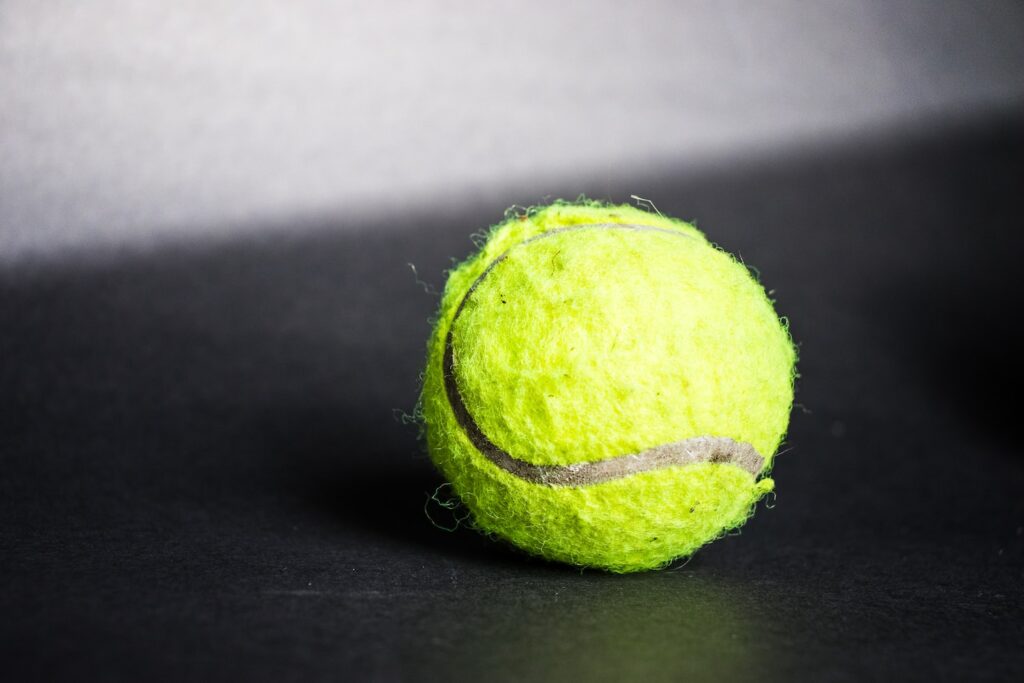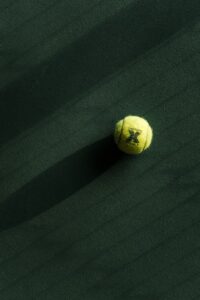A Deep Dive into the Technology Behind Padel Balls: What You Need to Know before Buying
3 min read
A Deep Dive into the Technology Behind Padel Balls: What You Need to Know before Buying
Are you ready to hit the court and perfect your padel skills? One of the most important tools you’ll need is a quality padel ball. But how do you know which ball is the right one for you? In this article, we’ll take a deep dive into the technology behind padel balls and what you need to know before buying.
The Basics of Padel Balls
Padel balls are made of rubber and are pressurized to achieve a consistent bounce on the court. The type of rubber used, the thickness of the walls, and the pressure of the ball can all impact playability, durability, and even ball control. Different types of padel balls are also designed for use in outdoor or indoor courts, as well as for different player levels.
The Impact of Rubber Quality on Padel Balls
The quality of rubber used in padel balls is crucial. Lower quality rubber is more likely to deform over time, resulting in an inconsistent bounce or even a ball that doesn’t bounce at all. Higher quality rubber is more durable and maintains its shape for longer periods of time, resulting in better playability and consistency on the court. When shopping for padel balls, be sure to look for those made with high-quality rubber to ensure a longer lifespan and better performance.
The Importance of Wall Thickness on Padel Balls
The thickness of the walls on a padel ball can also impact playability and durability. Thicker walls generally provide more durability, resulting in a ball that lasts longer before needing to be replaced. However, thicker walls may also impact ball control, as they are less responsive to the racket and may be harder to maneuver during play. Thinner walls may provide better ball control and speed, but may also be more prone to cracking or bursting over time. When selecting a padel ball, consider the balance between wall thickness and playability to find the best option for your needs.
The Role of Pressure on Padel Balls
The pressure of a padel ball can also impact its playability. Pressurized balls provide a consistent bounce on the court and are generally preferred for competitive play. Unpressurized balls, while cheaper, can vary in bounce and may not provide the same level of control during play. When shopping for padel balls, look for those that are pressurized to ensure a consistent and predictable bounce on the court.
Choosing the Right Padel Ball for Your Needs
When selecting a padel ball, there are several factors to consider. First, determine whether you need a ball for indoor or outdoor play. Indoor balls are generally less durable but provide a softer bounce that is easier to control. Outdoor balls need to be more durable to withstand harsh weather conditions, but may also have a harder bounce that is less responsive. Additionally, consider your skill level and playing style when selecting a padel ball. Beginners may prefer a ball that is easier to control and has a slower bounce, while more advanced players may prefer a ball that is faster and more responsive.
Final Thoughts on Padel Balls Review
In conclusion, the technology behind padel balls plays a crucial role in their playability, durability, and overall performance on the court. When selecting a padel ball, consider the quality of rubber, wall thickness, and pressure to find the best option for your needs and playing style. With the right padel ball in hand, you’ll be able to perfect your game, outsmart your opponents, and enjoy countless hours of fun and challenging play on the court.






